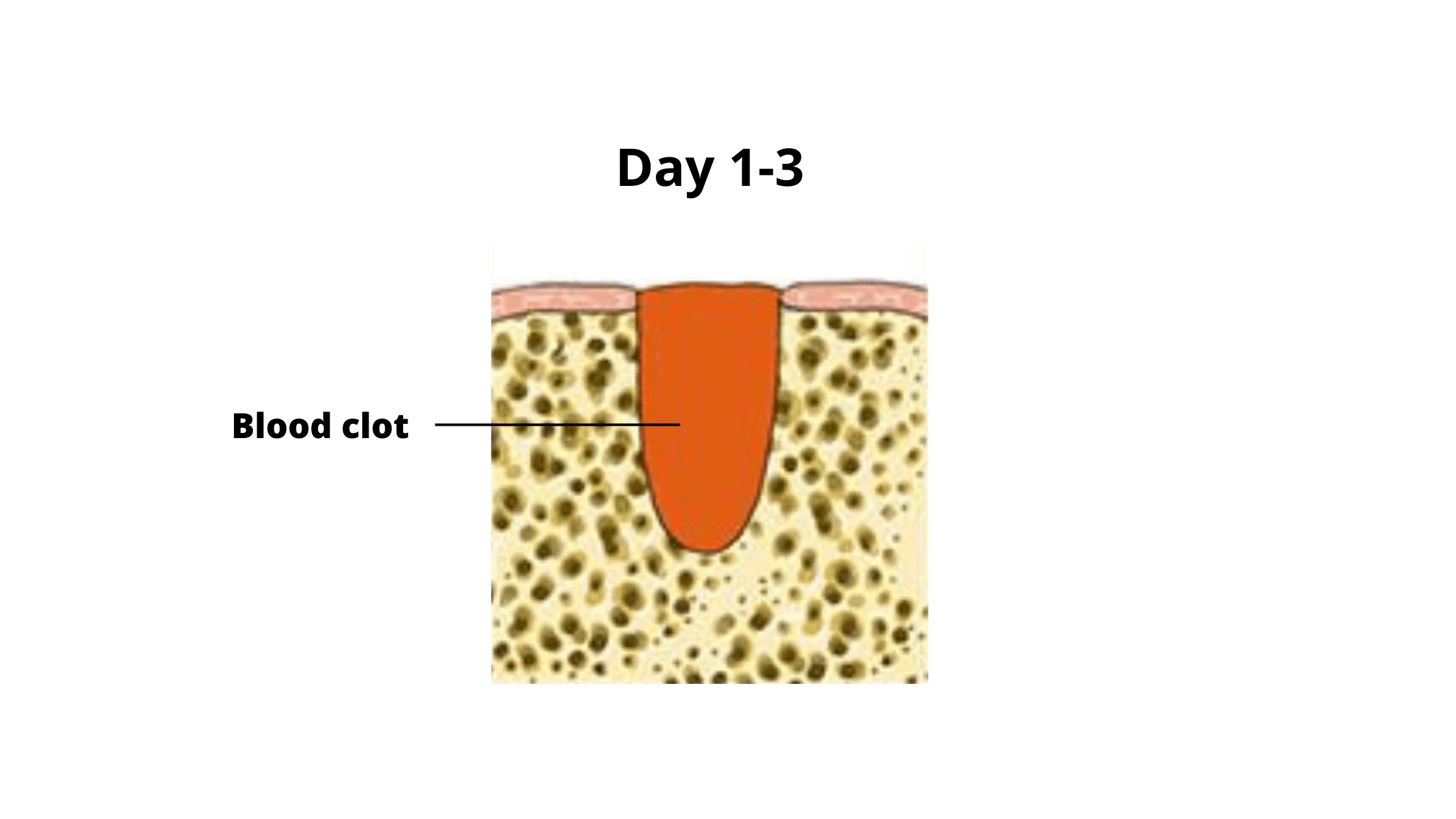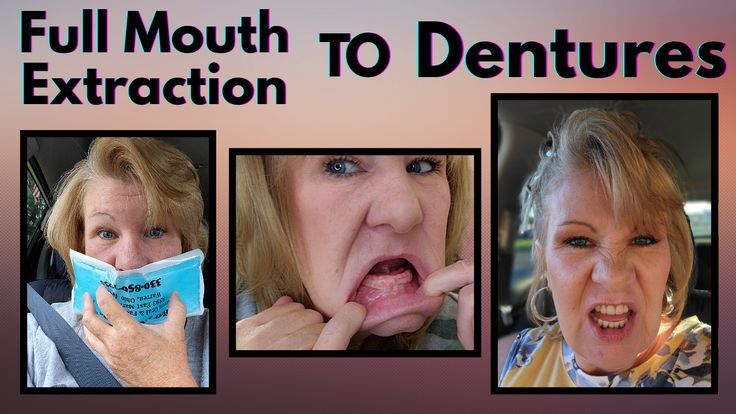What Happens After Tooth Extraction Blood Clot? Healing Guide

The process of healing after a tooth extraction is a complex and highly regulated series of events, with the formation of a blood clot being a critical initial step. This clot, often referred to as a dry socket when it fails to form or is dislodged, serves as a protective barrier over the extraction site, allowing the underlying bone and nerve endings to heal without interference from the oral environment. Understanding the role of this blood clot and the steps involved in the healing process can provide valuable insights into managing post-extraction care and minimizing complications.
Immediate Post-Extraction (0-24 hours)
In the immediate aftermath of tooth extraction, the body initiates its natural repair process. The extraction site starts to bleed, and as the blood comes into contact with the air, it begins to coagulate. This coagulation process leads to the formation of a blood clot, which is essentially a plug composed of blood cells, fibrin, and other components. The formation of this clot is facilitated by the contraction of the blood vessels in the area and the aggregation of platelets, which are tiny blood cells that play a crucial role in blood clotting.
The blood clot serves several purposes: - Protection: It acts as a barrier, protecting the extraction site from bacteria and other contaminants in the mouth, thereby reducing the risk of infection. - Healing: The clot provides a foundation for the healing process, allowing new tissue and bone to grow into the socket. - Pain Reduction: The clot can help reduce pain by covering exposed nerve endings in the socket.
Early Healing Phase (24-72 hours)
During the first few days following the extraction, it’s crucial to avoid dislodging the blood clot. Activities such as smoking, drinking through a straw, or rinsing the mouth vigorously can dislodge the clot, leading to a condition known as dry socket, which can significantly delay healing and increase discomfort.
As the healing progresses, the body starts to break down the blood clot and replace it with granulation tissue, a mixture of blood vessels, collagen, and cells that will eventually form the foundation for new bone growth. This process is facilitated by the presence of various growth factors and cytokines, which are signaling molecules that promote cellular proliferation and differentiation.
Intermediate Healing Phase (4-14 days)
In the intermediate phase, the extraction site continues to heal with the gradual replacement of the blood clot by more substantial tissue. The gum tissue starts to close over the extraction site, and the bone begins to regenerate. This phase is critical for the overall healing process and the prevention of long-term complications.
Late Healing Phase (2-6 weeks and beyond)
As healing progresses into the later stages, the bone inside the socket starts to reshape and regenerate. The gum tissue fully covers the extraction site, and the area begins to return to its normal state. It may take several months for the bone to fully regenerate and for the gum tissue to fully mature.
Post-Extraction Care
Proper care after a tooth extraction is crucial for promoting healing and minimizing the risk of complications. Key steps include: - Rest: Avoid strenuous activities for at least 24 hours. - Pain Management: Follow the dentist’s recommendations for pain management. - Diet: Stick to a soft-food diet for a few days. - Hydration: Stay hydrated by drinking plenty of water. - Oral Hygiene: Rinse gently with salt water, and avoid the extraction site when brushing. - Follow-Up: Attend follow-up appointments as recommended by your dentist.
Managing Complications
Despite the best care, complications can arise. Dry socket, infection, and prolonged bleeding are among the possible issues. If you experience severe pain, excessive bleeding, swelling, or other concerns, it’s essential to contact your dentist immediately.
Conclusion
The healing process after a tooth extraction is a dynamic and highly regulated series of events, with the initial blood clot playing a pivotal role. Understanding the stages of healing and the importance of post-extraction care can help minimize the risk of complications and ensure a smooth recovery. By following the guidelines provided by your dentist and being mindful of your body’s healing process, you can navigate the recovery period with confidence and look forward to a successful outcome.
FAQ Section
How long does it take for the gum to heal after a tooth extraction?
+The gum tissue can take several weeks to fully heal after a tooth extraction. However, the initial healing process, where the gum starts to cover the extraction site, can begin within a few days to a week.
Can I smoke after a tooth extraction?
+It’s highly recommended to avoid smoking for at least 24-48 hours after a tooth extraction. Smoking can reduce blood flow to the gums, delay healing, and increase the risk of dry socket and other complications.
How often should I rinse my mouth with salt water after a tooth extraction?
+Rinse your mouth gently with salt water (1⁄2 teaspoon of salt in 8 ounces of water) 2-3 times a day, especially after meals, to keep the extraction site clean and promote healing. However, be careful not to rinse too vigorously, as this could dislodge the blood clot.
